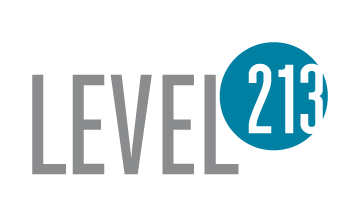When is the Right Time to Bring in Sales Enablement?
I recently had conversations with two start-up Sales VP's discussing their team's performance and productivity. Both teams are of similar size, revenue and have similar resources available to them. However, they have taken different approaches to sales enablement.
The first VP, Don contacted me out of frustration. It is more than halfway through the year, and his team is struggling. They have an uncomfortably long way to go to hit their yearly target; they are low on pipeline, they have very little sales process discipline for their open deals, and he is concerned his team does not have the skills and resources to close the gap and achieve revenue targets. Don was desperate for advice on how to salvage the year and was wondering if any sales enablement strategies would help. They had not invested in enablement support before, but now that there are so many fires to put out, he is ready to give it a try. We put a plan of attack into place that included:
- A thorough review and update of the current sales process
- Rep training to ensure the sales team had the skills to execute on the process
- Deal coaching for the enterprise sales team to guide them through the more complex deals and provide an insurance policy on getting them closed
Don is counting on these measures to ensure the sales team is equipped to end FY17 on a high note. I know that if they are consistent with the execution of this plan, they will start to see the results they need.
The second VP, Jenny was in a very different state of mind. She has a small, but mighty team that works hard, and their forecast for the year looks great. Jenny believes the secret to her team's success is staying ahead of the curve in their sales enablement efforts. As she put it, "We are doing exceptionally well, but we never rest on our laurels. We always prioritize continued rep development, so reps continue to grow personally and professionally. This helps us because we reduce turnover and we continue to achieve revenue targets." Jenny and I strategized on an enablement plan to ensure her team's continued success which includes:
- Initial planning for SKO FY18 to start the new fiscal year off on the right foot
- Sales coaching for reps that are being promoted into new roles
- Plans to upgrade their new hire ramp program as they experience growth
Jenny has anticipated where gaps might open up and devoted the resources to support multiple initiatives that will ensure the success of her team. By looking ahead and planning strategically, she hedges against ending up in a reactionary stance.
So you might be wondering, which VP has a better approach? Should you wait until things are difficult before bringing in sales enablement, or should you stay ahead of the curve by investing early?
I’m a planner and I like to avoid the missteps before they happen. It’s why I build the programs I do. But sometimes you need to struggle a bit to realize something has to change. Sometimes a painful lesson is the one that motivates change. In my experience, I have seen teams use this as motivation to come from behind and then supercharge their way to the top. Once you experience that though, don’t let the lesson get lost. Don’t get tired from the sprint, only to find yourself back where you started again. Once you’ve gotten out of the sprint, it would be foolish not to put a plan in place for continuous training and enablement. Our goal is to avoid future mayday scenarios.
Level213 supports sales teams faced with either situation. We work with companies that recognize time importance of Sales Enablement, training and coaching, but don't have internal enablement resources readily available.
Note: we are currently booking a limited number of SKO Experiences for Q1’18. If this is something you are interested in, contact us now before dates are gone.
Roz Greenfield, Co-Founder & Chief Enablement Officer at Level213


